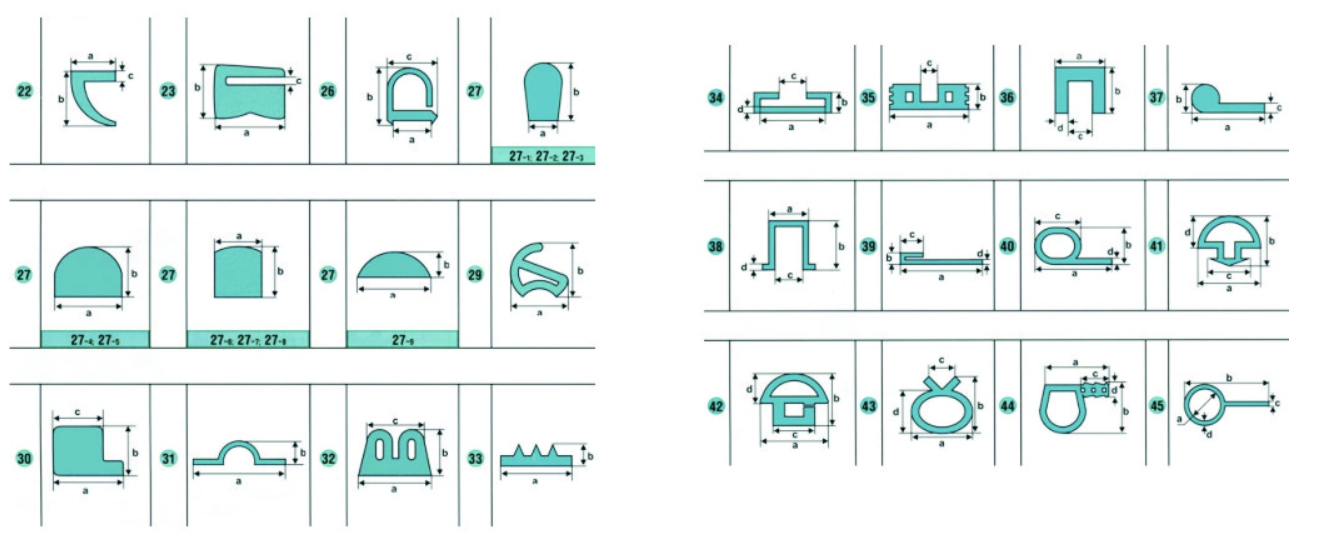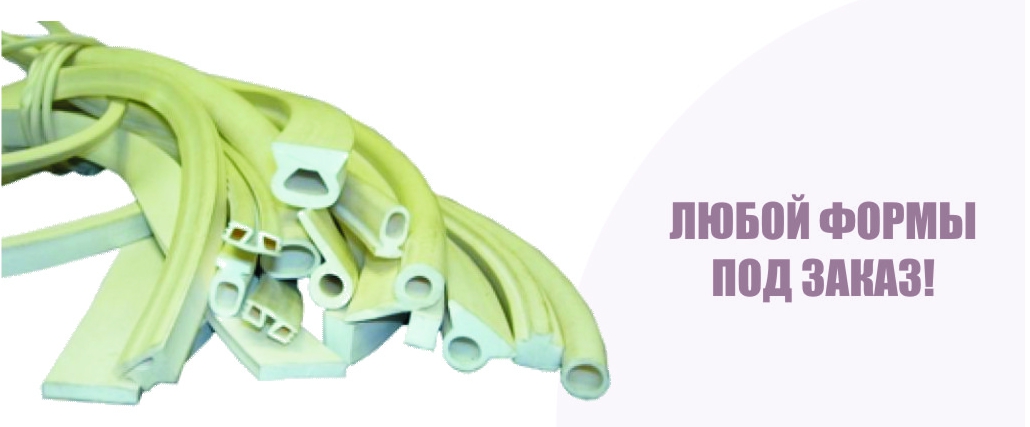Sealing technology
The role of seals in everyday life and industry should not be underestimated. They are used in communications, in the production of bakery equipment, freezers, in the business of selling windows and doors. On the Internet there is a lot of information about the application, but there is practically no data on the manufacturing technologies of the mentioned parts. Let's fix the situation.
There are many types of seals, the most popular of which are made from:
silicone;
TPE;
EPDM
NBR.
In our company you can order reliable inexpensive silicone products of any shape. They can be monolithic and porous. Regardless of the structure, they have an exponential thermal stability, that is, they do not lose their original characteristics when exposed to temperatures from -50 to +250 degrees. Read about the technologies for the production and manufacture of seals from other materials below.
Extrusion
This production technology is used when you need to produce a large batch of profile seals made of silicone, TPE, EPDM, PVC. The base material is pressed during extrusion under the influence of strong pressure. Products take shape as they pass through a special machine head. An endless profile is obtained, which is additionally processed, taking into account the future scope of the product. The final stage of production can be gluing in a ring or dividing into sections.

Waterjet cutting and stamping
These manufacturing methods are used when it is necessary to produce water-jet or perforated flat gaskets. There are the following reasons for this:
ease of release of large batches;
minimal tooling costs;
efficiency.
It is required to set the requirements for these parameters in advance. The probability that the cut will be concave. Cut surfaces are sharp when using waterjet cutting. This is the only way to achieve a precise and clean edge. Waterjet cutting also allows the geometry of the product to be adjusted, which gives it good flexibility.
Injection molding
If high tolerances are required, a large batch of silicone seals must be made. Its cost, efficiency, productivity and relatively low cost. Casting is called the more first and perfect manufacturing method. The consignment is of high quality. Well-known pressing "loses" these technologies.
The material, which is plasticized and homogenized, passes through the gating channels and is injected into the mold under pressure. All operating parameters can and should be monitored. The products do not need additional processing.
Induction Transfer Casting
A sophisticated method of manufacturing seals, combining the advantages of compression molding and previous modern technology. The production process is easy to control and automate. The plastic mixture enters the transfer area immediately through the injection unit. After the accessory chamber is pressed into the mold.

Summarizing
When using a high-quality mixture, the seals are reliable, but they do not remain so for long if the storage rules are violated. Characteristics produced in dry, cool and moderately ventilated warehouses. The optimum temperature range is from +5 to +20 degrees. Daylight exposure is undesirable.
